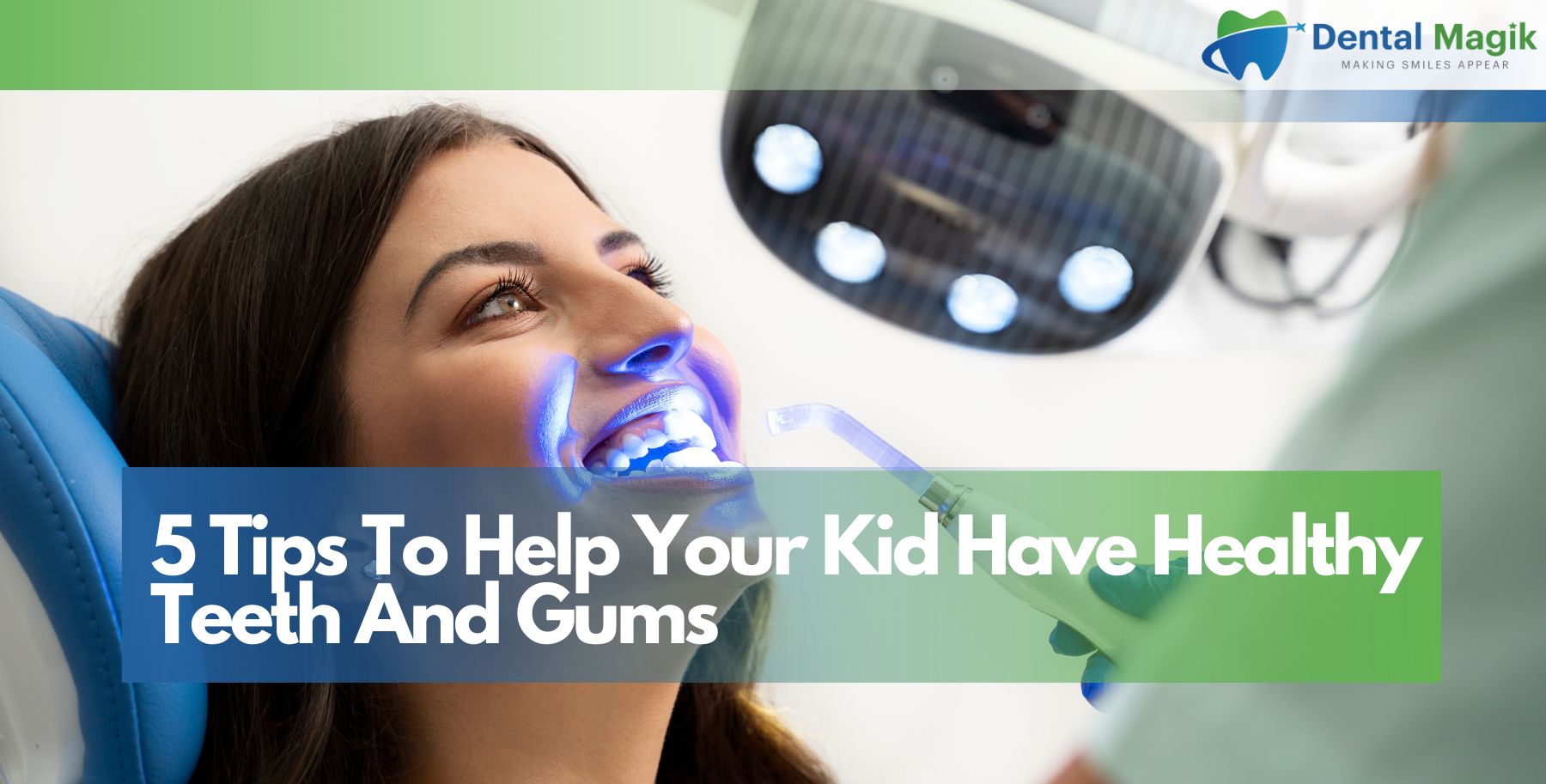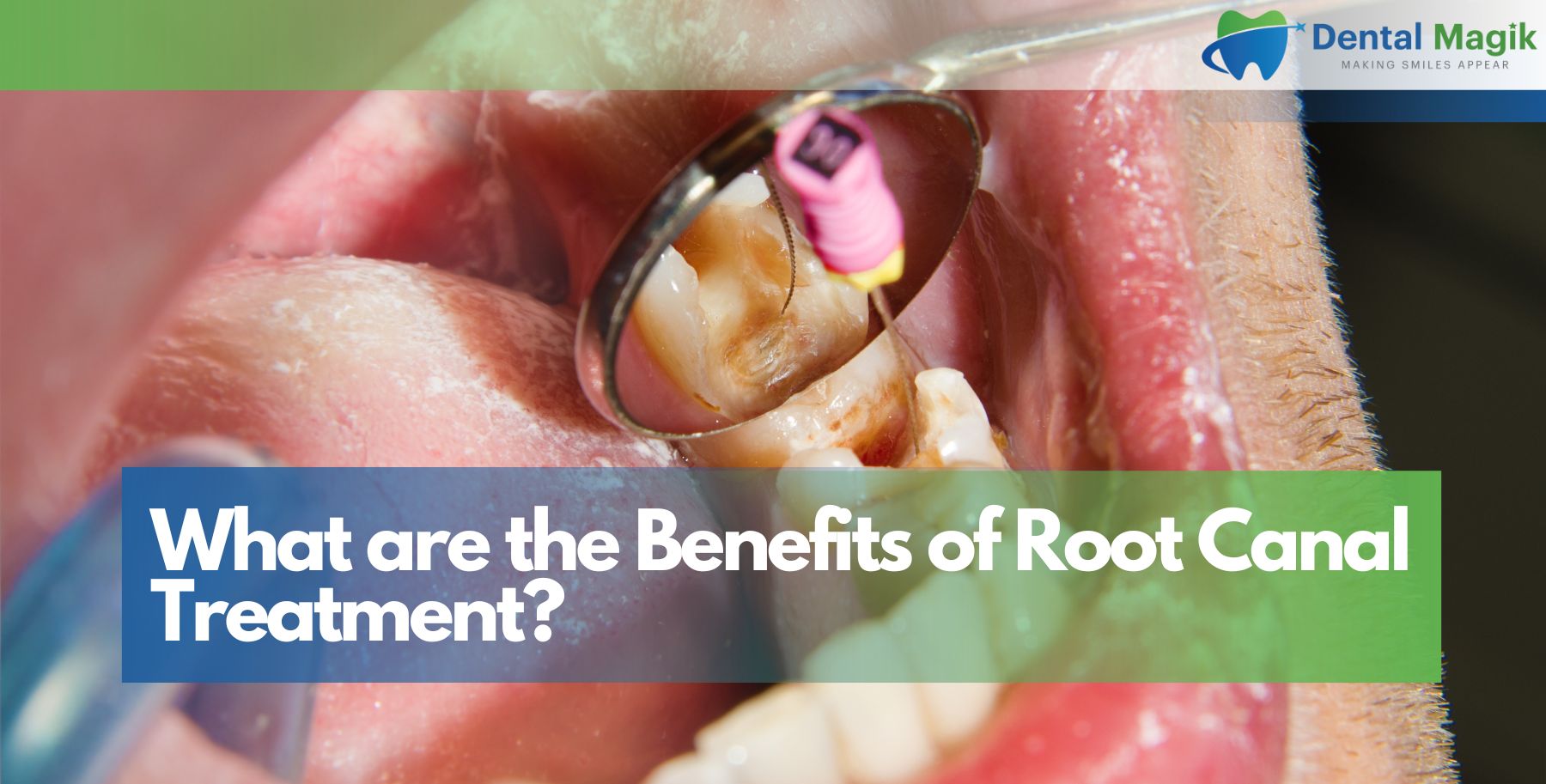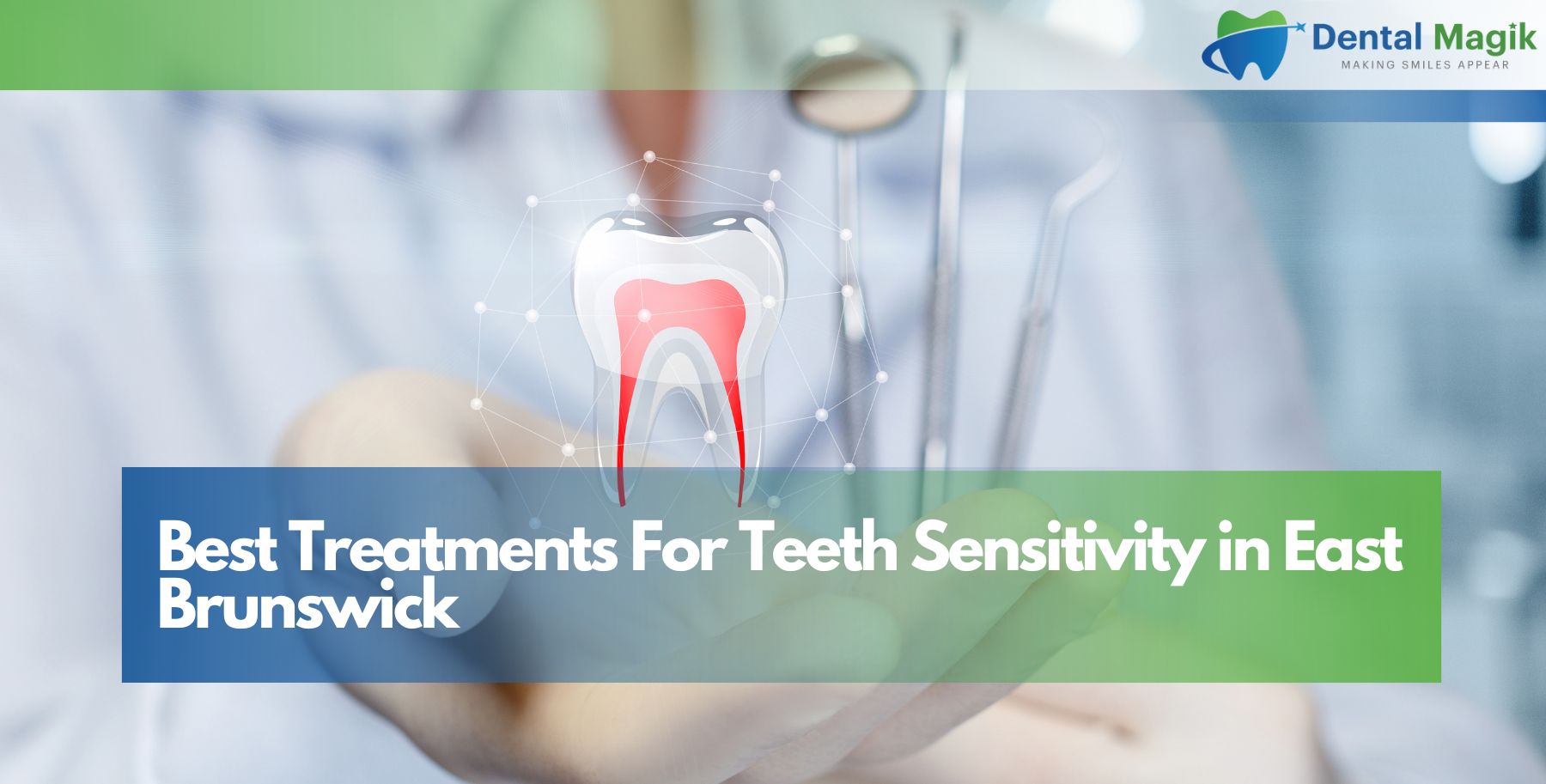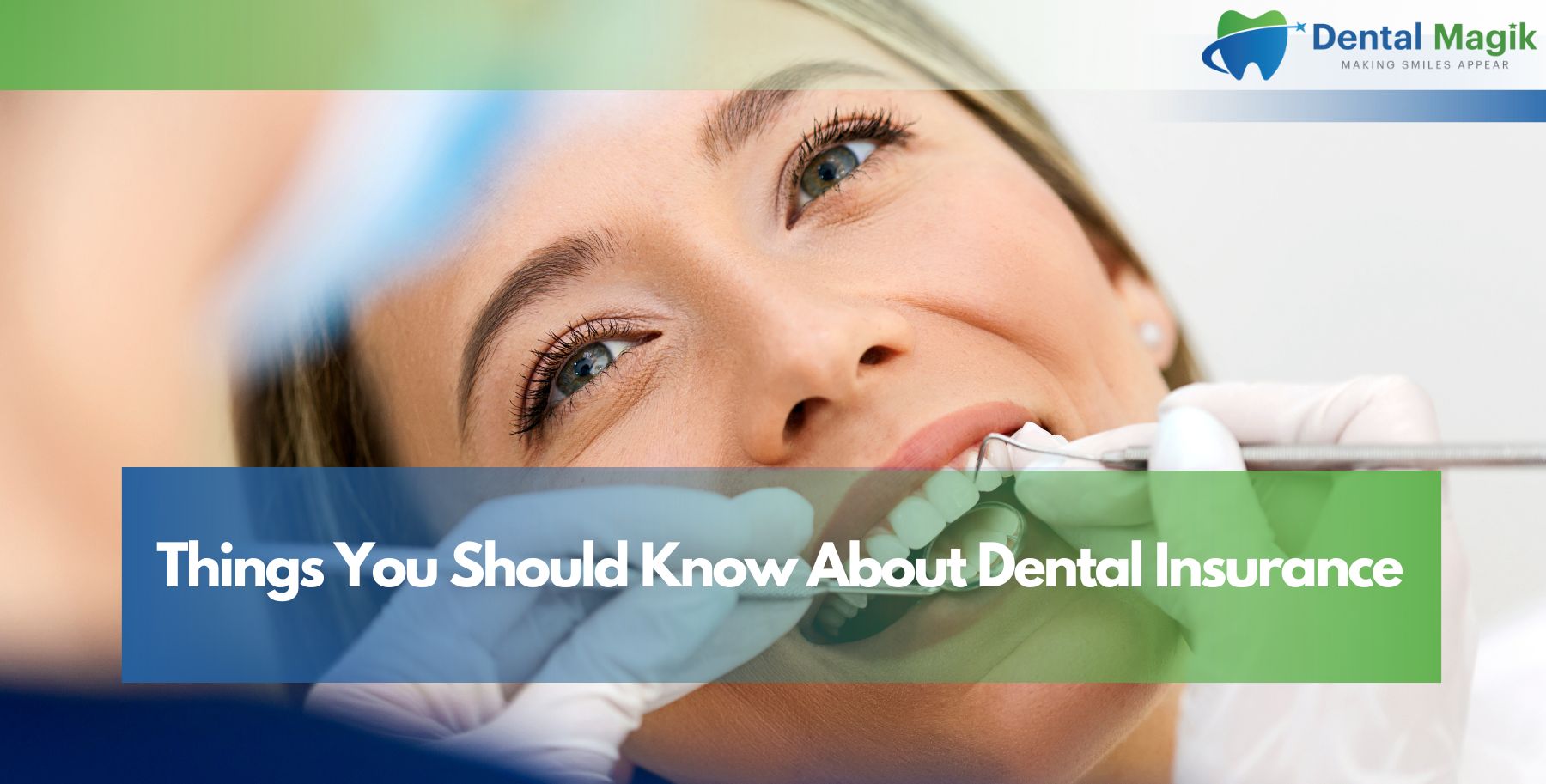Gingivitis is more common than you might think. It’s the earliest stage of gum disease—and often, it sneaks up without much warning. Many people don’t even realize they have it until their dentist points it out. But here’s the good news: it’s both preventable and reversible when caught early.
This article will walk you through the signs of gingivitis, how to spot them early, and what steps to take before it turns into something more serious.
What Is Gingivitis?
Gingivitis is a mild form of gum disease. It starts when plaque, a sticky layer of bacteria, builds up along the gumline. If not removed by daily brushing and flossing, this plaque begins to irritate the gums, leading to inflammation.
The gums may look slightly swollen or feel tender—but most people shrug it off. Unfortunately, ignoring these early symptoms can lead to periodontitis, which is a much more serious condition involving bone and tooth loss.
If you’re experiencing swollen, bleeding gums or persistent bad breath, it might be time to seek professional help. Comprehensive Gum disease treatment in East Brunswick, NJ can restore your oral health with personalized care, deep cleanings, and advanced therapies designed to stop gum disease and protect your smile long-term.
The Most Common Signs of Gingivitis
Spotting gingivitis early can help you reverse it with simple home care and a visit to the dentist. Here are the most noticeable symptoms:
Red, Puffy Gums
Healthy gums are usually pale pink and firm. If yours are red or swollen, that’s one of the first signs that inflammation is present. Swelling typically starts near the gumline and may affect a few teeth or your entire mouth.
Bleeding While Brushing or Flossing
If you see pink in the sink, it could mean trouble. Bleeding gums are not normal—even if you think you’re brushing too hard. Frequent or random bleeding is a clear signal that your gums are irritated.
Tenderness or Discomfort
Gums that feel sore or painful to touch, even without visible swelling, may be reacting to plaque buildup. Pain when eating or brushing is a sign you shouldn’t ignore.
Bad Breath That Won’t Go Away
We all get bad breath sometimes, especially after eating strong-smelling foods. But persistent bad breath, even after brushing, could mean there’s bacteria lurking beneath the gums.
Gum Recession
In early gingivitis, the gums may begin pulling away from the teeth, creating small pockets where more bacteria can hide. This makes it even harder to clean, and the problem can get worse quickly.
Soft or Shiny Gums
Gingivitis can change the texture of your gums. If they start to feel soft, appear shiny, or look overly smooth, they may be reacting to ongoing irritation or infection.
What Causes Gingivitis?
There are several things that can trigger or worsen gingivitis. Knowing the causes can help you make smart choices to avoid it altogether.
Poor Oral Hygiene
Skipping brushing or not flossing daily lets plaque build up. The longer plaque stays on your teeth, the more harm it does.
Smoking or Tobacco Use
Tobacco slows healing and makes it harder for your gums to recover from irritation. It also reduces blood flow, masking obvious signs like swelling or bleeding.
Hormonal Changes
Pregnancy, puberty, or menopause can increase gum sensitivity, making them more prone to inflammation.
Health Conditions
Diabetes, autoimmune diseases, and certain infections can affect gum health and immune response.
Medications
Some medications reduce saliva, which helps keep bacteria in check. Others can affect gum tissue directly.
How Gingivitis Progresses if Ignored
Gingivitis might seem harmless at first, but when left untreated, it can lead to something much worse: periodontitis.
Here’s how the progression works:
- Plaque turns into tartar (calculus) – which is harder to remove and irritates the gums even more.
- Gums begin pulling away – forming pockets between the gums and teeth.
- Bone starts breaking down – which can lead to tooth mobility or even loss.
At this point, treatment becomes more intensive—and costly.
Who Is at Higher Risk?
While anyone can develop gingivitis, some people are more prone than others:
- Smokers
- People with diabetes
- Individuals with crooked teeth (harder to clean)
- Pregnant women
- People with dry mouth
- Those who skip dental checkups
If you fall into any of these groups, keeping an extra close eye on your gum health is a smart move.
How to Prevent Gingivitis
The good news? Gingivitis is entirely preventable with good habits and regular care.
Brush Twice a Day
Use a soft-bristled toothbrush and fluoride toothpaste. Make sure to reach all areas of your mouth—including the gumline.
Floss Daily
Yes, every day. Flossing removes plaque and food particles from between your teeth—where your brush can’t reach.
Use an Antiseptic Mouthwash
Rinsing with a mouthwash can help kill bacteria and reduce plaque buildup.
Visit Your Dentist Regularly
Professional cleanings remove tartar that you can’t handle at home. Aim for at least two visits per year.
Eat a Balanced Diet
Foods rich in vitamin C, calcium, and antioxidants support gum health. Avoid sticky, sugary snacks that fuel bacteria.
What to Expect at a Dental Visit for Gingivitis
If you suspect you have gingivitis, here’s what might happen during your appointment:
- Gum examination: Your dentist will check for bleeding, swelling, and pocket depth.
- Professional cleaning: Scaling removes plaque and tartar around and beneath the gumline.
- Oral hygiene tips: You’ll likely get personalized advice on brushing, flossing, and mouthwash.
- Follow-up plan: If your gums are healing well, you’ll be monitored during regular checkups.
Catching gingivitis early makes treatment much easier—and less expensive.
Treatment Options for Gingivitis
If brushing and flossing alone aren’t cutting it, your dentist might recommend:
Deep Cleaning (Scaling and Root Planing)
This non-surgical procedure removes plaque and tartar beneath the gumline and smooths root surfaces to prevent future buildup.
Antibacterial Treatments
Your dentist may apply a gel or prescribe a rinse to reduce bacteria and promote healing.
Gum Care Routine at Home
You’ll be given detailed instructions on how to care for your gums. Consistency is key.
Why Early Action Matters
Don’t wait until your gums are red and sore to take action. The earlier you catch gingivitis, the easier it is to reverse.
A few extra minutes brushing and flossing each day could save you from months of dental work down the line.
Conclusion
The signs of gingivitis aren’t always dramatic—but they’re easy to spot if you know what to look for. Swollen gums, bleeding when brushing, and persistent bad breath are not things to ignore.
With regular care, proper hygiene, and a dentist who understands your needs, you can prevent gingivitis and protect your smile.
And if you’re unsure where to start, it might be time to schedule a visit with a Dentist in East Brunswick, NJ. A quick checkup could be the first step to healthier gums—and a healthier you.







